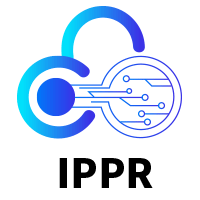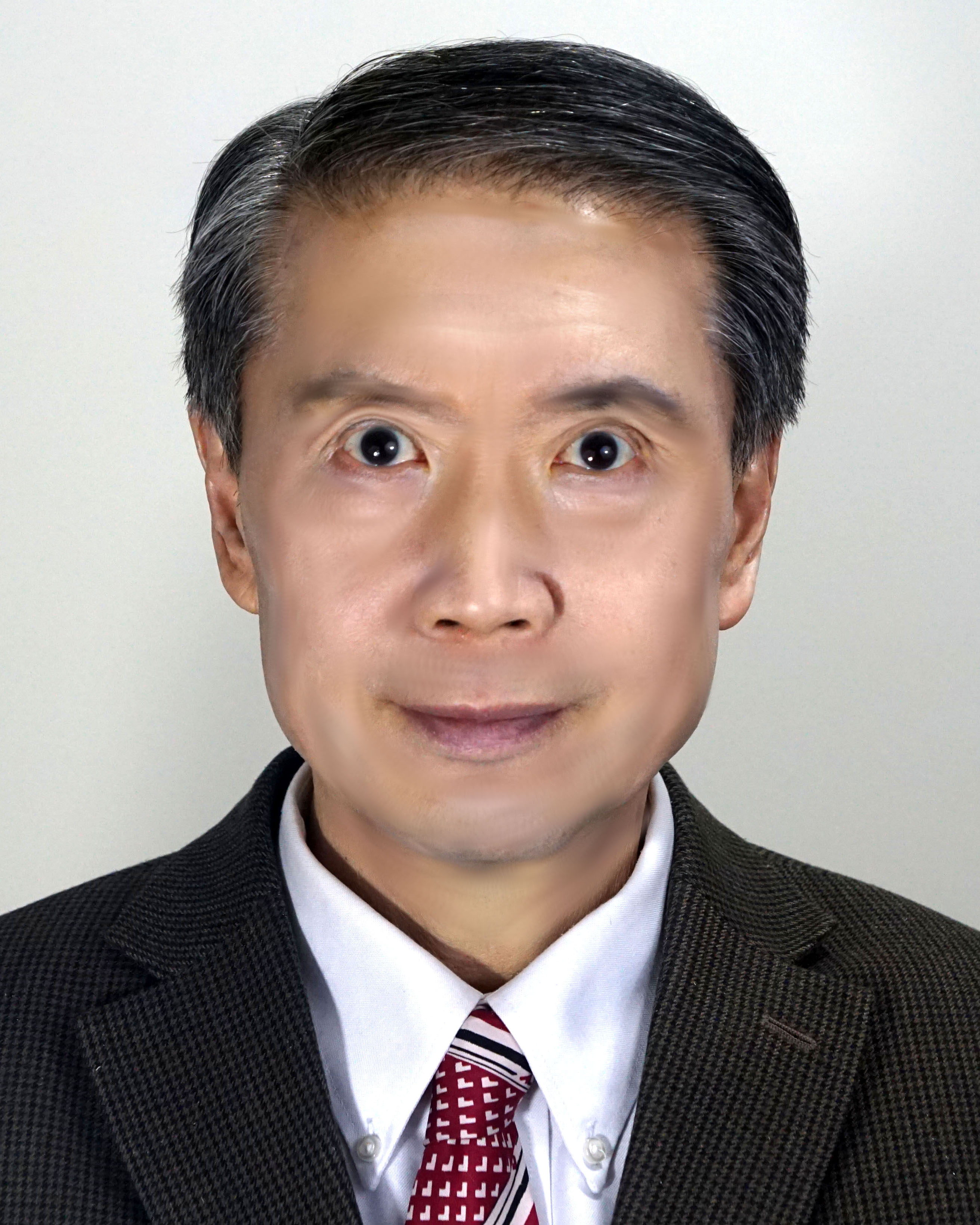
Prof. Juyang Weng

Prof. Juyang Weng
Brain-Mind Institute and GENISAMA, USA
IEEE Life Fellow
Speech Title: The First Conscious Learning Algorithm Avoids “Deep Learning” Misconduct
Abstract
From a fruit fly to a human, with many animal species in between, do they share a set of biological mechanisms to regulate the lifelong development of the brains? We have seen very impressive advances in understanding the principles of neuroscience. However, what is still missing is a holistic algorithm that is both broad and deep. By broad, we mean it approximates such mechanisms across a range of species. By deep, we mean that it specifies sufficient details so that the algorithm can be biologically and computationally verified and possibly corrected across a deep hierarchy of scales, from neurotransmitters, to cells, to brain patterns, to behaviors, to intelligence, to consciousness across the time span of a life. This talk outlines such a conscious learning algorithm, the first in the category as far as the presenter is aware of, called Developmental Network 3 (DN-3). All its predecessors, Cresceptron, IHDR, DN-1 and DN-2 were not capable of conscious learning till DN-3. A major extension from DN-2 to DN-3 is that the model starts from a single cell inside the skull so that brain patterning is fully automatic in a coarse to fine way. This biological model has been supported by computational experiments with real sensory data for vision, audition, natural languages, and planning, to be presented during the talk. This first ever algorithm for conscious learning is free from “deep learning” misconduct, including ChatGPT.
Biography
Prof. Juyang Weng received the BS degree from Fudan University, in 1982, M. Sc. and PhD degrees from the University of Illinois at Urbana-Champaign, in 1985 and 1989, respectively, all in computer science. He is a former faculty member of Department of Computer Science and Engineering, faculty member of the Cognitive Science Program, and faculty member of the Neuroscience Program at Michigan State University, East Lansing. He was a visiting professor at the Computer Science School of Fudan University, Nov. 2003 - March 2014, and did sabbatical research at MIT, at Media Lab Fall 1999 – Spring 2000; and at Department of Brain and Cognitive Science Fall 2006-Spring 2007 and taught BCS9.915/EECS6.887 Computational Cognitive and Neural Development during Spring 2007. Since the work of Cresceptron (ICCV 1993) the first deep learning neural networks for 3D world without post-selection misconduct, he expanded his research interests in biologically inspired systems to developmental learning, including perception, cognition, behaviors, motivation, machine thinking, and conscious learning models. He has published over 300 research articles on related subjects, including task muddiness, intelligence metrics, brain-mind architectures, emergent Turing machines, autonomous programing for general purposes (APFGP), Post-Selection flaws in “deep learning”, vision, audition, touch, attention, detection, recognition, autonomous navigation, and natural language understanding. He published with T. S. Huang and N. Ahuja a research monograph titled Motion and Structure from Image Sequences. He authored a book titledNatural and Artificial Intelligence: Computational Introduction to Computational Brain-Mind. Dr. Weng is an Editor-in-Chief of theInternational Journal of Humanoid Robotics, the Editor-in-Chief of theBrain-Mind Magazine, and an associate editor of theIEEE Transactions on Autonomous Mental Development(now Cognitive and Developmental Systems). With others’ support, he initiated the series ofInternational Conference on Development and Learning (ICDL), the IEEE Transactions on Autonomous Mental Development, the Brain-Mind Institute, and the startup GENISAMA LLC. He was an associate editor of theIEEE Transactions on Pattern Recognition and Machine Intelligence and theIEEE Transactions on Image Processing.